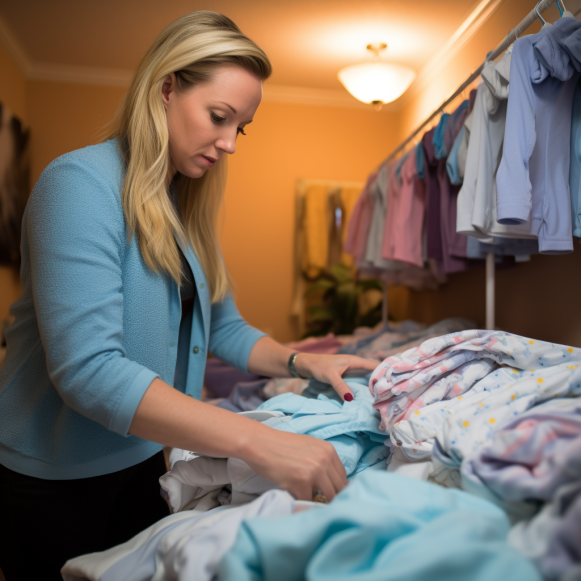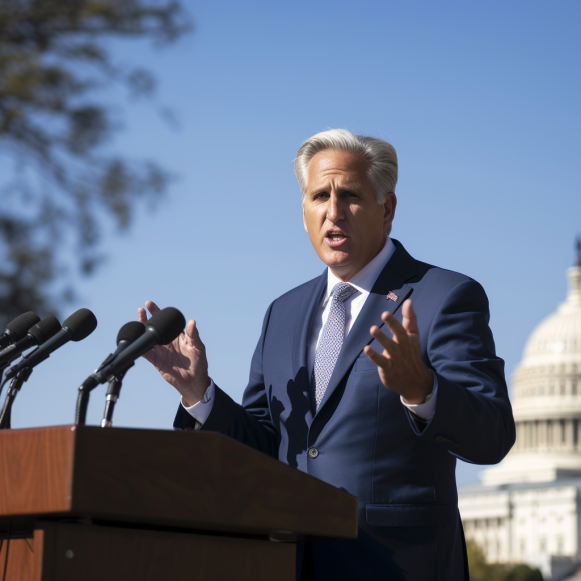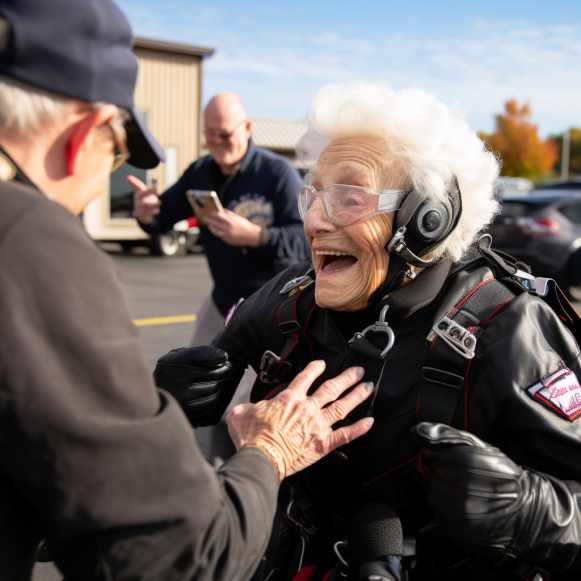How one Napa vineyard might have saved millions of dollars by using birds as pest control

Bouchaine Vineyards is one of many to employ a falconer to protect the grapes
NAPA — Rebecca Rosen looked up on a damp and gray Friday at Bouchaine Vineyards, noticed a swarm of ravens circling above her, and hurled an insult.
“Jerks!” she screamed.
They flew together, swirling and squawking as she reached for the box in the trunk of her Tesla Model S.
She hides her ammunition there: a 6-year-old Harris’ hawk named Rocky, a 17-year-old falcon named E.B., and a 4-year-old spectacled owl named Hootbert, whose only job is to perch himself on a chair and pose for a photo with some tipsy wine tasters.
Rocky is the real danger. Rosen drew him from the box, removed his hood, and unhooked his strap. Rocky soared to the roof of the Bouchaine tasting room, perched high enough to survey the vineyard. The ravens are irritated by his mere presence.
Rocky commands respect thanks to his long legs, nearly four-foot wingspan, and unmistakable confidence. The raven family is aware of this; they recently met one of Rocky’s siblings when the bird chased the ravens out of a tree at nearby Stanley Ranch.
Rocky wasn’t out hunting on this particular spring day. He was at Bouchaine as part of a weekly falconry demonstration, a fun public attraction and, more importantly, a stoic foreshadowing of what was to come: another summer at the vineyard, where Rosen’s hawks and falcons will work the fields, shooing away pesky house finches, red-winged blackbirds, cowbirds, and starlings hoping to feast on millions of dollars’ worth of grapes.
“I like to start at the end of a lag season, which varies year by year, but is usually the end of June or early July, before the pinot grapes start to color up,” said Rosen, an Arizona falconer who relocated to Napa a few years ago as business picked up. “Changing bird behavior patterns takes about two weeks.” It is easier to get birds out when there is nothing to eat than it is to get them out after they have begun to eat.”
Rosen owns 20 birds, mostly falcons and hawks, which she strategically deploys depending on the job.
Hawks are usually reserved for jobs that require a lot of grit. They frequently catch their prey, but they make poor abatement birds because they become bored — or literally fed up after eating — and begin sleeping on the job.
Falcons are the preferred bird for most vineyard gigs. Rosen has a few, including a peregrine falcon, the world’s fastest animal. The bird can dive at speeds of up to 200 miles per hour.
“These birds are like projectiles,” said Rosen. “Like a projectile, they don’t have to be large; they just have to be fast and hit in the right place.” That is why a falcon elicits such strong (fear) responses. They resemble a shark fin in the water.”
Rocky and his friends are mostly there to fly above the vineyard, scare the grape-eating birds, and send them elsewhere.
Falcons are nature’s pesticide in Napa. They’re a formidable foe.
“A landscape of fear effect,” according to Sara Foss, a senior lecturer at New Zealand’s University of Canterbury. “When there is a predator present, the prey behaves differently.” They have to be careful because they spend less time gorging themselves.”
In 2013, Foss led a study that reintroduced the New Zealand falcon into native habitats where European birds were out of control due to a lack of predators. The results for local vineyards were astounding: grape damage was reduced by nearly 70%.
Wild raptors can be seen in the skies above Napa, but trained birds such as Rosen’s can also play an important role.
“The trained birds can be effective,” said Foss. “And maintaining those wild populations or supporting them will keep the pest species at a lower level.”
Bouchaine president Chris Kajani hasn’t counted how many grapes Rosen’s falcons have saved over the years, but she knows it’s a lot.
Rosen and Kajani met in late 2015, as Bouchaine was preparing for a late harvest of chardonnay grapes. A flock of birds came through over the course of 48 hours and “took every berry off the vine,” according to Kajani. “There was nothing left.”
Rosen has been with the winery since then. It’s one of several Napa vineyards she works with, charging between $400 and $1,500 per day depending on the difficulty of the job. It may appear to be expensive, but not once Kajani does the math.
“We do somewhere around 200, 250 tons of grapes,” she goes on to say. “Let’s say we (lose) 10%. That’s 25 tons, 165 gallons per ton, 2.4 gallons per case, and over 1,700 cases we don’t make. If our average case cost is $500, that comes to $859,000 (per year).”
Rosen nearly collapsed.
“I should be charging more!” She stated.
Bouchaine takes pride in being an environmentally friendly company, but how it survived without falcons is a mystery to Kajani. The 87-acre plot is surrounded by rows of telephone poles that run down the land’s long sides. Prior to the arrival of the falcons, she said, flocks upon flocks of birds would perch atop the telephone wires, waiting for the grapes to ripen so they could dive in and eat their fill.
But, according to Aaron Fishleder, vice president at Cakebread Cellars, another Rosen client, the use of falconry at vineyards isn’t as widespread as one might think — or hope.
“There’s a lot of other technology,” Fishleder pointed out. “But some of it is causing consternation and issues with the community around the vineyards.”
Among the other options, cannon fire — yes, cannon fire — fails. The marauding birds become so accustomed to it that when the sound fades, they return to their feeding area. The flimsy, metallic strips of tape designed to scare birds away? They’ve devolved into a farce at this point. Netting can be useful, but birds will frequently find an opening near the bottom and become trapped inside.
“Falcons are great because they don’t make a lot of noise,” Fishleder said. “No one captures birds. They are not gleaming pieces of tape. They’re just wild birds flying around doing what they do.”
According to CalPoly Humboldt wildlife professor Matthew Johnson, who studies birds in vineyard settings, the movement toward more environmentally friendly winemaking isn’t just a passing fad or a marketing ploy.
In the 1990s, studies discovered that going organic with wine grapes was actually less expensive than using pesticides or rodenticides, adding financial incentive to what was already a groundswell of support for green solutions. “A lot of the really high-end, elite grape growers are going organic,” he said.
Vineyards cannot be saved by Falcons alone. However, they are part of a larger ecosystem that, given the chance, can function naturally.
Many growers began installing nest boxes in the 1980s to entice barn owls to make a home among the vineyards. The voles, mice, and gophers that are common in Napa are eaten by owls, and while the rodents do not eat the grapes, they chew the stalks and damage the vines.
“We calculated that a full family of barn owls — adults plus three or four offspring — will eat about 3,400 rodents in a year,” said Johnson, who studies barn owls at 65 Napa vineyards. “Some of these vineyards will have tens, twentys, or even thirty nest boxes.” So you’re talking about removing 100,000 rodents. It’s quite remarkable.”
“We are studying — for the first time — the bluebird and swallow boxes,” Johnson went on to say.
What is the point of attracting more birds to a vineyard? Because bluebirds and swallows do not consume grapes in large quantities. They do, however, consume insects.
“Birds aren’t necessarily a bad thing,” Rosen explained. “All you have to do is decide.” Yes, bluebirds consume grapes. However, they usually work in pairs or small groups. They don’t come in a swarm of 2,000 and annihilate your vineyard.
“So it’s up to the individual vineyard manager to decide when birds become a problem.” They are a part of the ecosystem. And nature values equilibrium.”





